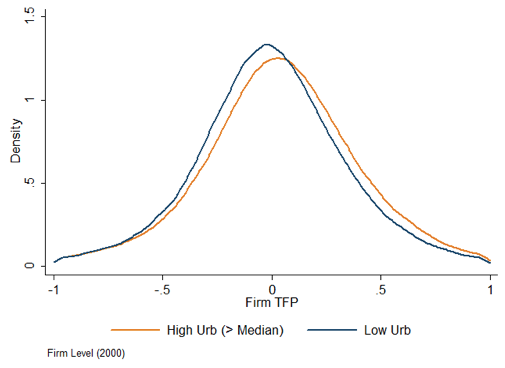This is part of the DR Book Collection.
 I’ve been a fan of British philosopher Roger Scruton ever since I stumbled on his BBC documentary Why Beauty Matters as an undergrad. I picked up his Oxford-published Beauty[ref]I believe it was republished as Beauty: A Very Short Introduction.[/ref] at the UNT library soon after. I found Scruton’s ideas to be powerful and provocative, even if the writing was at times difficult or lackluster compared to the concepts.
I’ve been a fan of British philosopher Roger Scruton ever since I stumbled on his BBC documentary Why Beauty Matters as an undergrad. I picked up his Oxford-published Beauty[ref]I believe it was republished as Beauty: A Very Short Introduction.[/ref] at the UNT library soon after. I found Scruton’s ideas to be powerful and provocative, even if the writing was at times difficult or lackluster compared to the concepts.
I felt the same way about his Princeton-published The Soul of the World. As The Wall Street Journal summarizes,
Viewed through the lens of scientific reductionism, all existence is fundamentally the bouncing around of various material particles, some arranged in the form of gene-perpetuating machines we call humans. Mr. Scruton almost agrees—we are, in fact, gene-perpetuating machines, and the finer, higher aspects of human existence emerge from, and rest upon, biological machinery. As he points out, though, it’s a long jump from this acknowledgment to the assertion that “this is all there is.” The jump, according to Mr. Scruton, lands us in “a completely different world, and one in which we humans are not truly at home.” A truly human outlook involves the intuition of intangible realities that find no place in even our most sensitive systems of biology, chemistry or physics.
For Scruton, this reductionism “overlook[s] the aspect of our mental states that is most important to us, and through which we understand and act upon each other’s motives, namely, their intentionality or “aboutness”” (pg. 4). The theism presented by Scruton is a kind of general classical theism, one that could be embraced by someone outside a specific religious tradition. His last few chapters discussing art, music, and the faces of others are especially enlightening. Just as no one would reduce the Mona Lisa to mere pixels on a canvas or the music of Bach to random sounds, to reduce humans and nature to their mechanical functions is to misunderstand reality and suppress our own daily experiences of the world. Thought-provoking stuff.
You can hear a brief snippet of an interview with Roger Scruton below.






 In a world with just two countries, one developed and the other poor, output is produced in each by a combination of skilled workers and unskilled workers. When they’re young, unskilled workers have the opportunity to become skilled by working with older, skilled workers.
In a world with just two countries, one developed and the other poor, output is produced in each by a combination of skilled workers and unskilled workers. When they’re young, unskilled workers have the opportunity to become skilled by working with older, skilled workers. So write three scholars drawing on their
So write three scholars drawing on their 